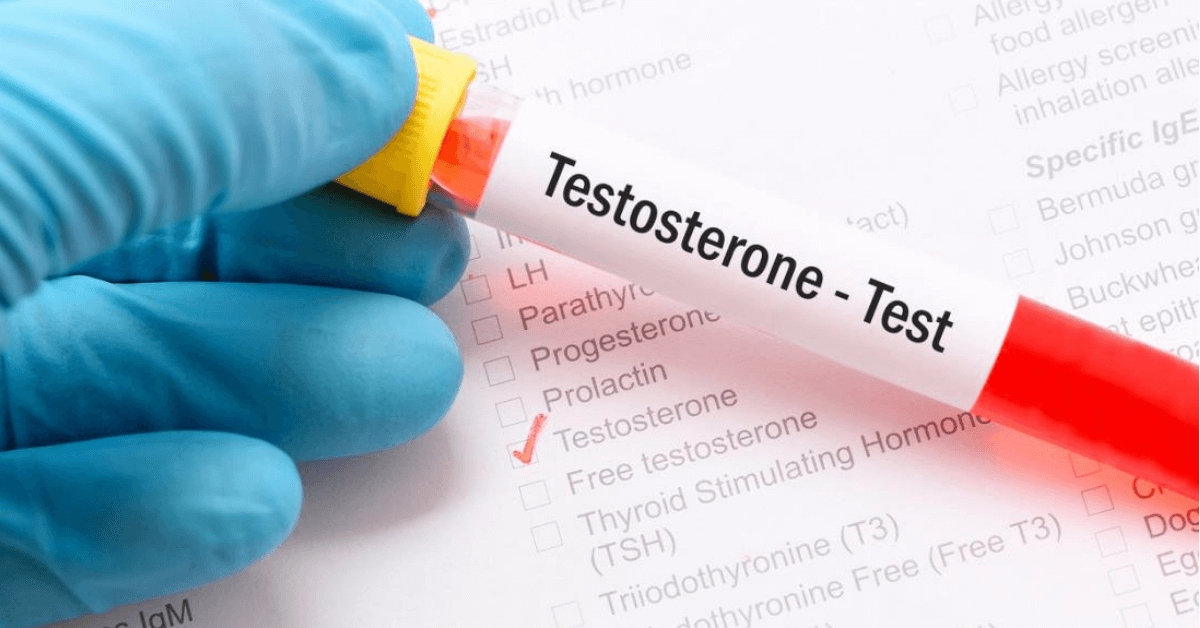We are seeing more studies showing that hormone replacement in BOTH men and women, is not only safe, but also protective. A new scientific study demonstrates that testosterone therapy in generally healthy men (to normalize their T blood levels closer to more youthful levels) is NOT harmful and even safer than NOT taking it.
This is the point that integrative doctors have been trying to share with the public and have been seeing with their patient populations on hormone replacement for the last 50 years. Taking hormone replacement, based on testing and individual need and response, is usually safer, than not taking it at all. Here is a study saying the same thing for men.
This study was presented at the Orlando Session of the American Heart Association, 2015, in Orlando, Florida. Researchers from the Intermountain Medical Center Heart Institute in Salt Lake City studied 1,472 men. These men ranged from 52 to 63 years old. They all had no history of heart disease and low blood levels of T. These men were followed for 3 years and compared to a similar group of men not taking T.
These men who received testosterone supplementation had NO increased risk of heart attack, stroke, or premature death when compared to the group of similar men not on T replacement.
The head of the study, J. Brent Muhlestein, MD, co-director of research at the Intermountain Medical Center Heart Institute said not only was T “safe”, it was “protective”. He said this study provides assurance to doctors and patients both that T replacement (in a generally healthy population, as that is what this study was looking at) reduces health risks normally starting to increase in this age group.
There are also applications in unhealthy men, but that is for another blog, and for practitioners more than patients. But most docs have NOT been prescribing hormone replacement therapy for decades so many of them, even though they are docs, and wearing a white coat, aren’t up on all the best details for your health.
PS According to the FDA, the use of testosterone therapy has increased significantly, from 1.3 million patients in 2009 to 2.3 million patients in 2013.

